The Grand Canyon attracts millions of visitors annually who flock to its famous overlooks for those iconic, sweeping vistas. Yet beyond the crowded viewpoints and popular trails lies a less-discovered Grand Canyon—one filled with secret alcoves, lesser-known pathways, and tranquil spots where the massive crowds thin out and the true character of this natural wonder reveals itself.
These hidden corners offer fresh perspectives on the canyon’s grandeur while providing more intimate experiences with this magnificent landscape. Here is a list of 20 hidden corners to explore that will take you beyond the typical Grand Canyon experience.
Shoshone Point

This secluded overlook requires a flat, easy 1-mile hike through ponderosa pine forest before suddenly opening to one of the most spectacular canyon views imaginable. Unlike busy Mather or Yavapai points, Shoshone often allows visitors to experience the canyon in near solitude.
The unmarked trailhead and limited parking keep crowds minimal, making this the perfect escape for those seeking tranquility with their panoramic views.
Toroweap Overlook
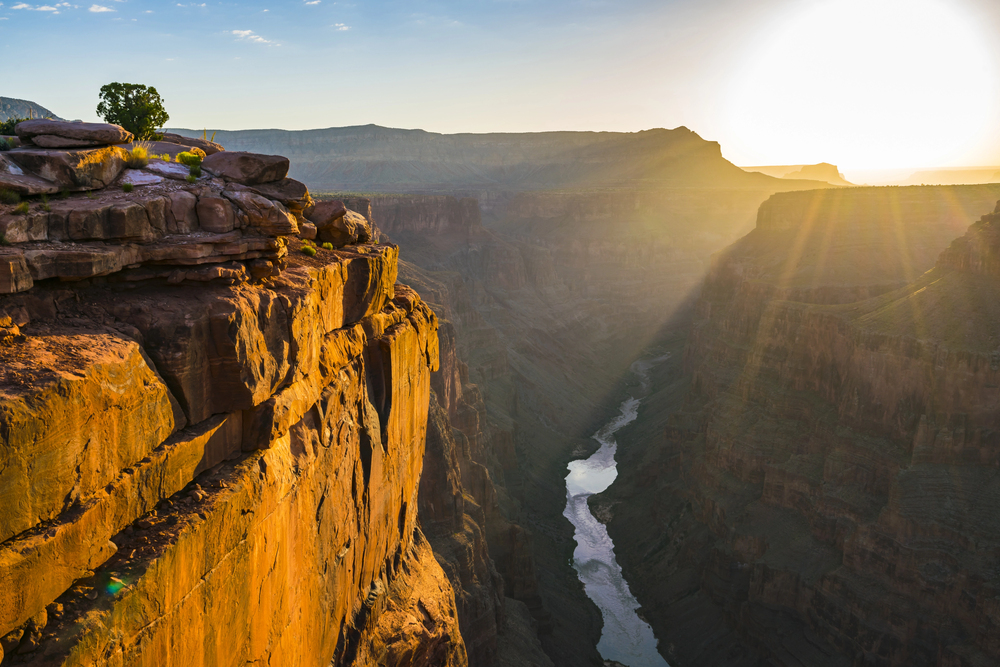
Located at the remote western edge of the North Rim, Toroweap offers a dramatic 3,000-foot vertical drop straight to the Colorado River—the sheerest drop in the entire park. The challenging 61-mile drive on rough dirt roads deters casual visitors, ensuring you’ll share this breathtaking viewpoint with very few others.
The quiet isolation and vertigo-inducing vista make the demanding journey absolutely worthwhile for adventure seekers.
Like Travel Pug’s content? Follow us on MSN.
Thunder River and Deer Creek Loop

This challenging backcountry route connects two of the canyon’s most spectacular spring-fed waterways in a rarely visited section of the park. The thundering spring that gives the river its name literally bursts from a limestone cliff in a magical desert oasis scene.
Permits for this route remain easier to secure than those for popular corridors, offering experienced hikers a profound wilderness experience within the canyon’s embrace.
Cape Final Trail

This gentle 4-mile round-trip hike on the North Rim leads to expansive views without the crowds found at more accessible overlooks. The path winds through beautiful forest before opening to a panorama showcasing the Painted Desert and Desert View Watchtower in the distance.
Morning visitors often have this stunning viewpoint completely to themselves, perfect for contemplative sunrise experiences.
Havasu Falls’ Lesser Siblings
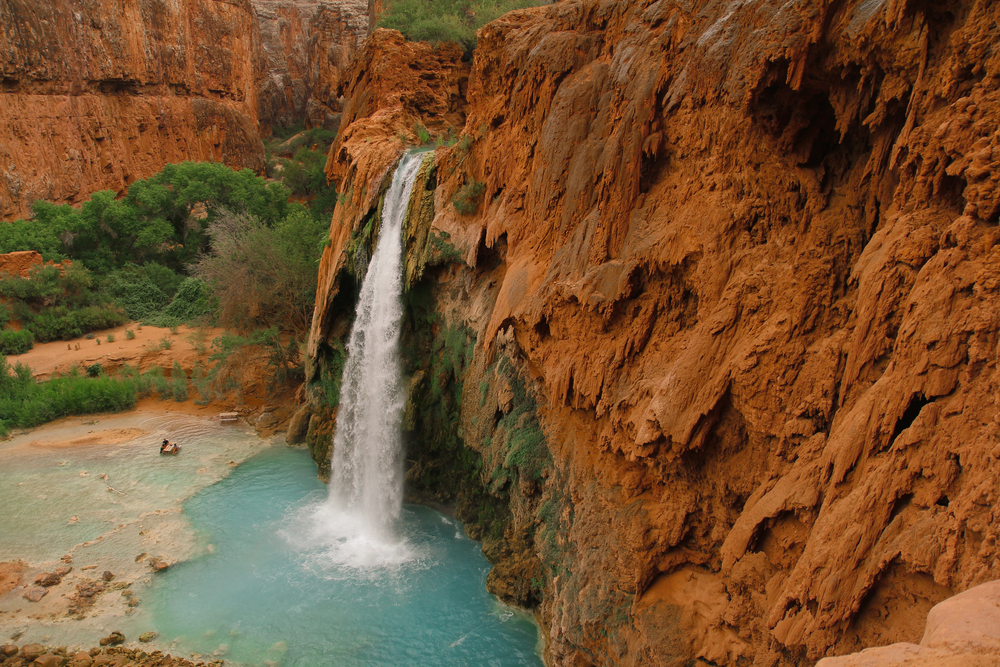
While Havasu Falls receives considerable attention, the nearby Mooney and Beaver Falls offer equally stunning blue-green waters with significantly fewer visitors. The additional hiking distance beyond Havasu thins crowds considerably at these downstream cascades.
The travertine formations and swimming opportunities match or exceed their famous sibling upstream without the Instagram crowds.
Like Travel Pug’s content? Follow us on MSN.
South Bass Trail
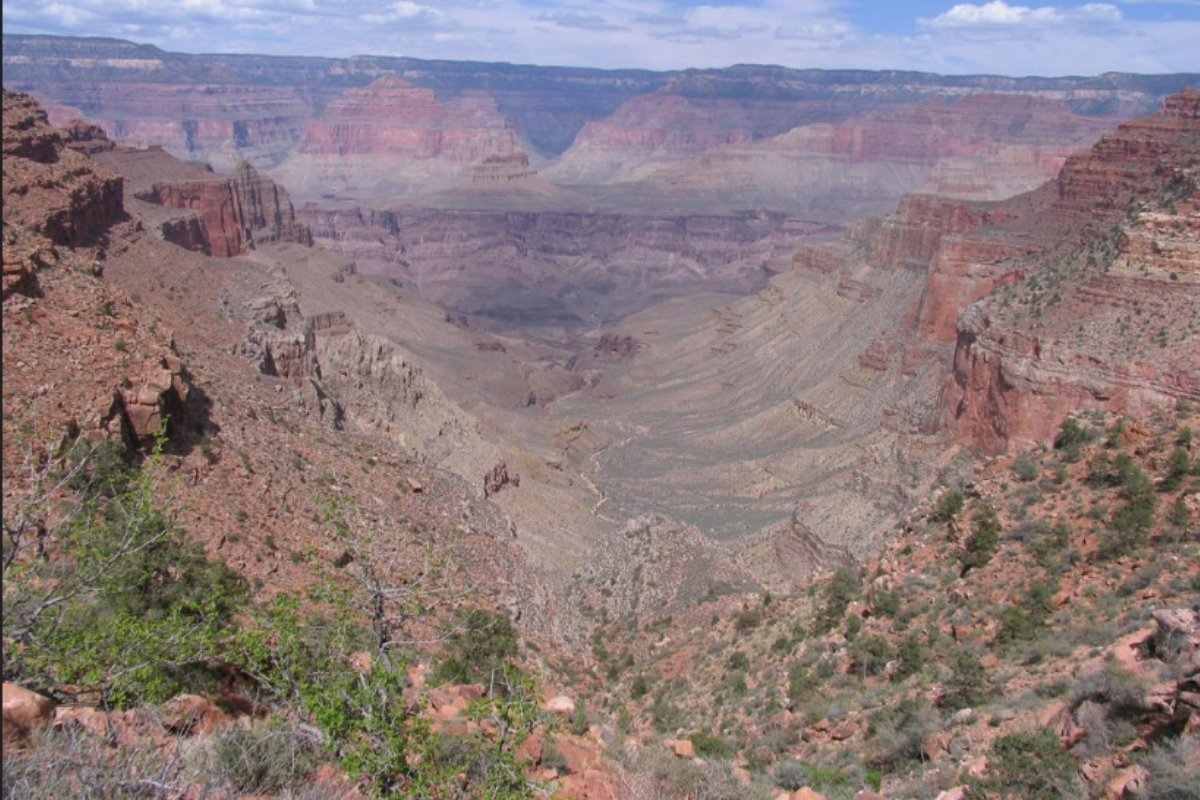
This remote route offers solitude-seekers a genuine wilderness experience just a few hours from Grand Canyon Village. The challenging access road requires high-clearance vehicles but rewards travelers with a crowd-free descent into the canyon.
Hikers encounter ancient pictographs, fascinating geological features, and pristine campsites along this historic path once used by pioneering canyon explorer William Bass.
Pasture Wash Road
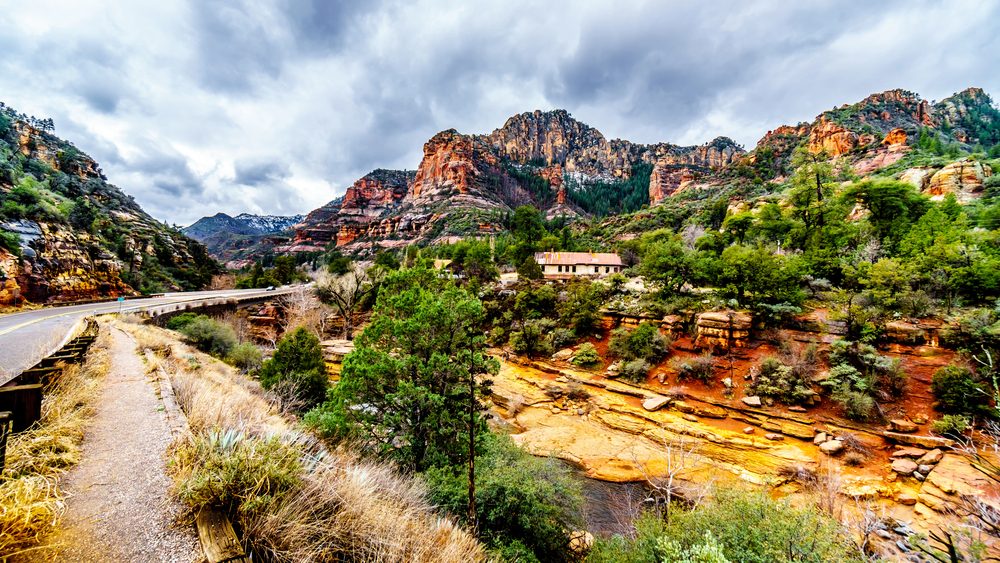
This little-known forest service road traverses the Coconino Plateau, providing access to seldom-visited western overlooks of the canyon. The unpaved route passes through beautiful meadows where wildlife sightings frequently occur at dawn and dusk.
Several unmarked pullouts along the way reveal canyon views that few tourists ever experience, perfect for photography without human elements in the frame.
Hualapai Hilltop to Supai Village
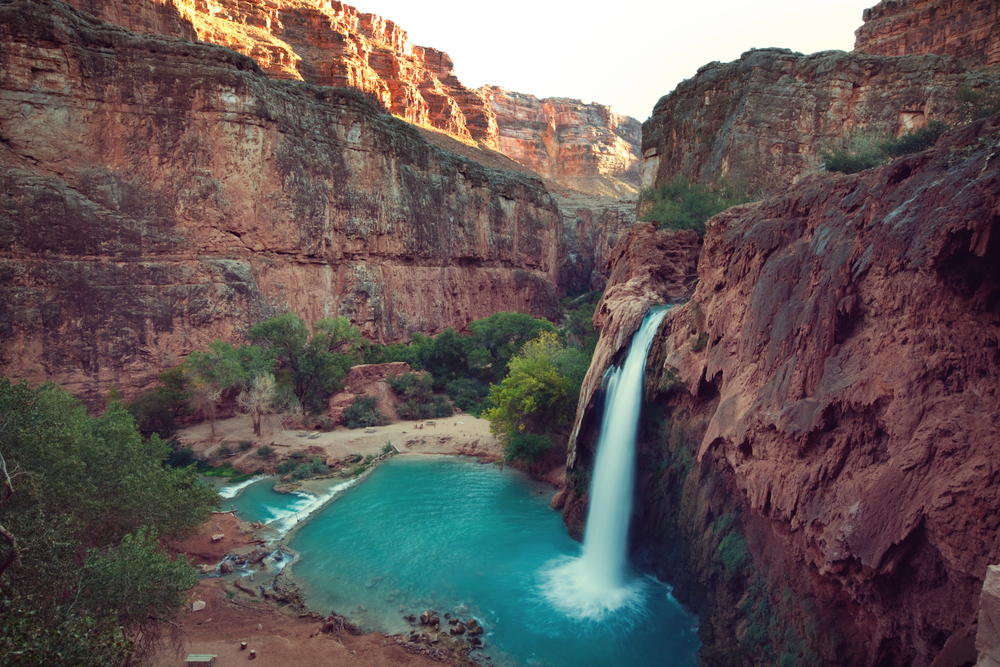
While not technically within the national park, this trail leads to the homeland of the Havasupai tribe within a side canyon of the Grand Canyon complex. The 8-mile trail from the hilltop to the village receives far fewer visitors than the main park corridors despite leading to some of the most beautiful waterfall scenery on the continent.
The cultural experience of visiting the remote Supai Village adds a meaningful dimension to understanding the canyon’s human history.
Like Travel Pug’s content? Follow us on MSN.
Nankoweap Trail
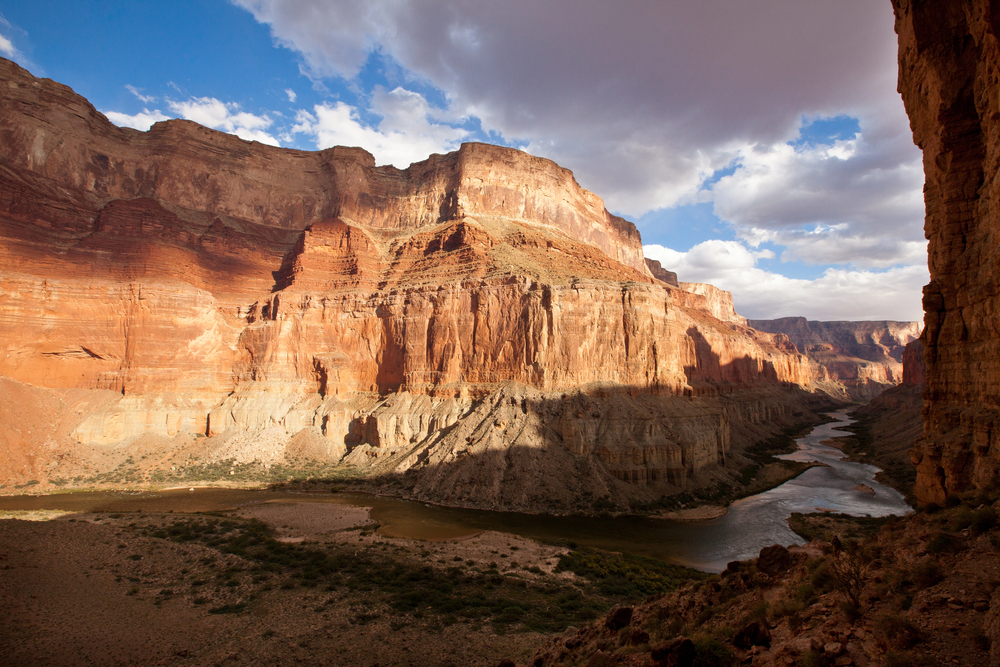
Considered the most difficult established trail in the canyon, Nankoweap rewards intrepid hikers with access to remarkable Ancestral Puebloan granaries built into the cliffside. The challenging route offers expansive views across the eastern canyon that few visitors ever witness.
Due to the trail’s demanding nature, the archaeological sites and Colorado River access points remain among the most pristine.
Jumpup-Kanab Creek Loop

This multi-day backcountry route traverses a rarely visited tributary canyon system with spectacular narrows and towering walls. The remote trail junction called Jumpup Pocket offers a fascinating geological window into canyon formation processes.
Seasonal springs and cottonwood groves create perfect oasis campsites for backcountry enthusiasts seeking genuine solitude.
Cape Royal at Night
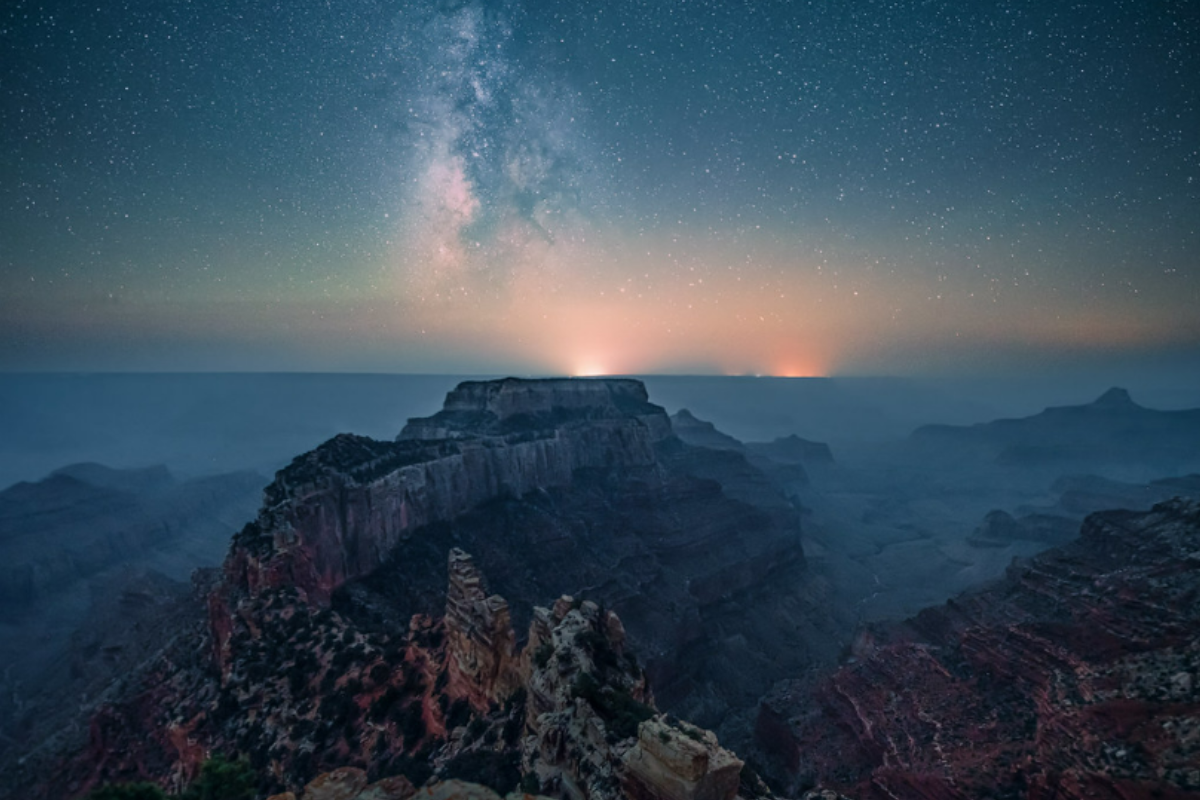
While Cape Royal draws daytime crowds to the North Rim, few visitors experience this expansive viewpoint after sunset, when stargazing becomes extraordinary. The North Rim’s designation as a dark sky point makes this accessible point perfect for astrophotography and Milky Way viewing.
The silhouette of Angels Window against the star-filled sky creates unforgettable imagery for night photographers.
Like Travel Pug’s content? Follow us on MSN.
Havasu Canyon Side Canyons
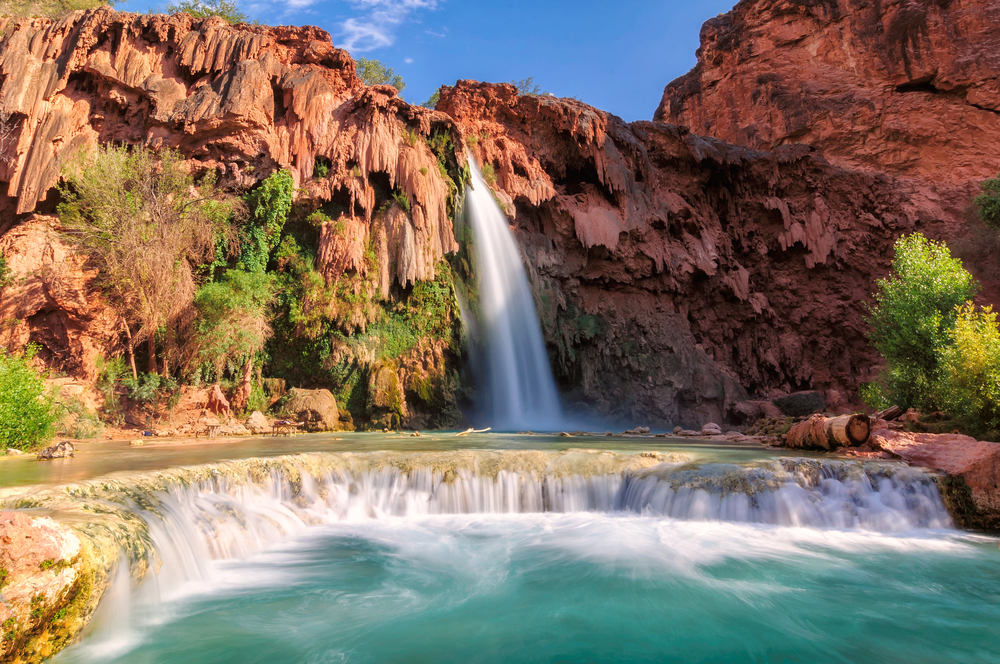
Most visitors to Havasu Canyon stay on the main trail, but numerous unmarked side canyons offer adventurous hikers private swimming spots and exploration opportunities. Short scrambles up these tributary drainages reveal hidden pools and intimate canyon scenery without other visitors.
Always respect tribal regulations and practice leave-no-trace ethics when venturing off main pathways.
Tanner Trail to Unkar Delta
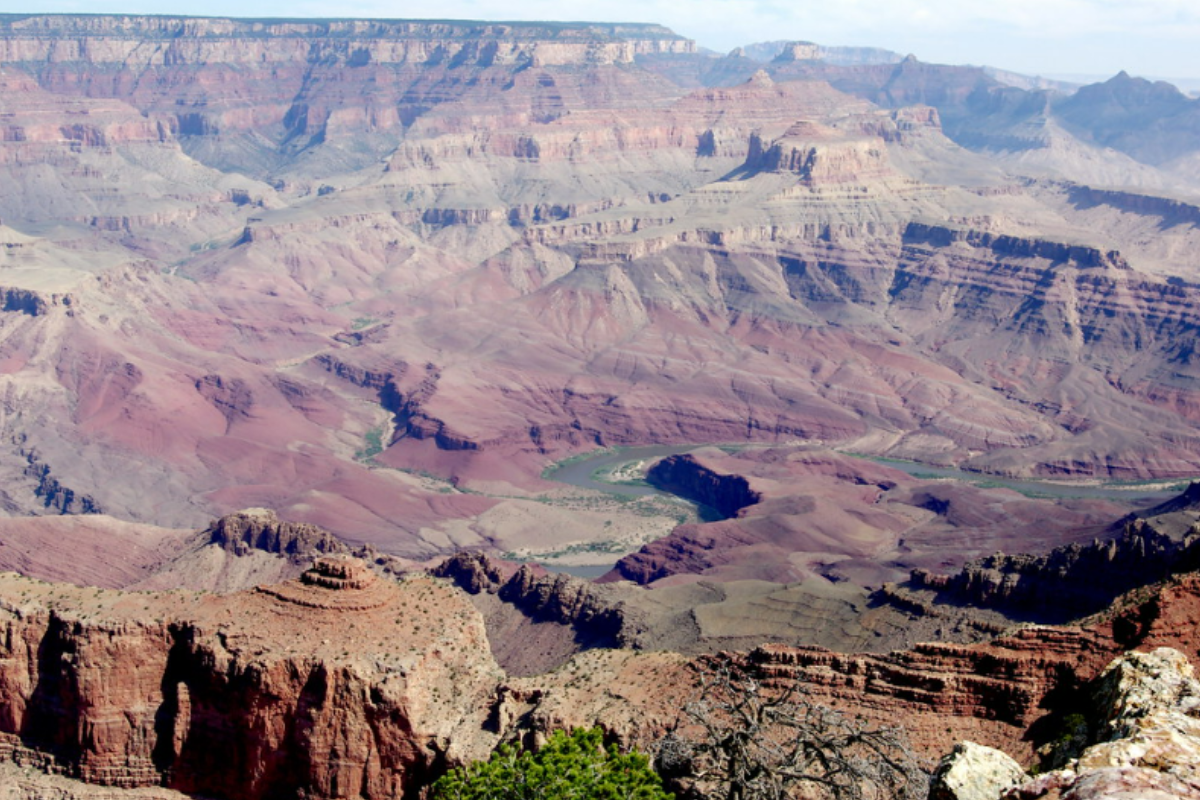
This historic route descends 4,600 feet to an archaeological complex rarely visited by park tourists. The delta contains remains of Ancestral Puebloan dwellings dating back nearly 1,000 years, with pottery shards still visible along the riverbank.
The trail’s moderate difficulty and distance from developed areas ensure that visitors can experience these archaeological treasures in appropriate quietude.
Hermit Basin
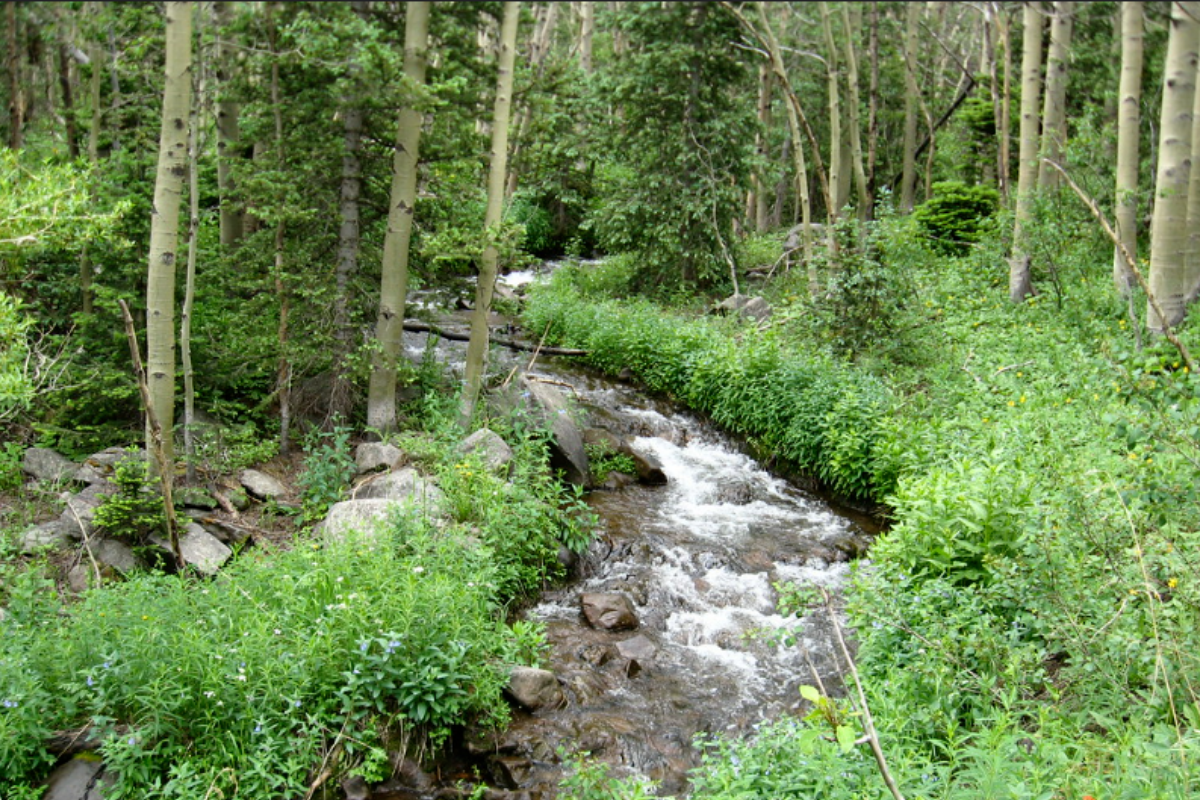
Once the site of a luxury tourist operation in the early 1900s, Hermit Basin now offers a peaceful alternative to the busy Bright Angel and South Kaibab trails. The restored Hermit Trail leads to fascinating historical remnants and exceptional views without the crowds.
Santa Maria Spring provides a pleasant rest stop with a covered stone shelter perfect for midday breaks during the challenging hike.
Like Travel Pug’s content? Follow us on MSN.
Point Sublime
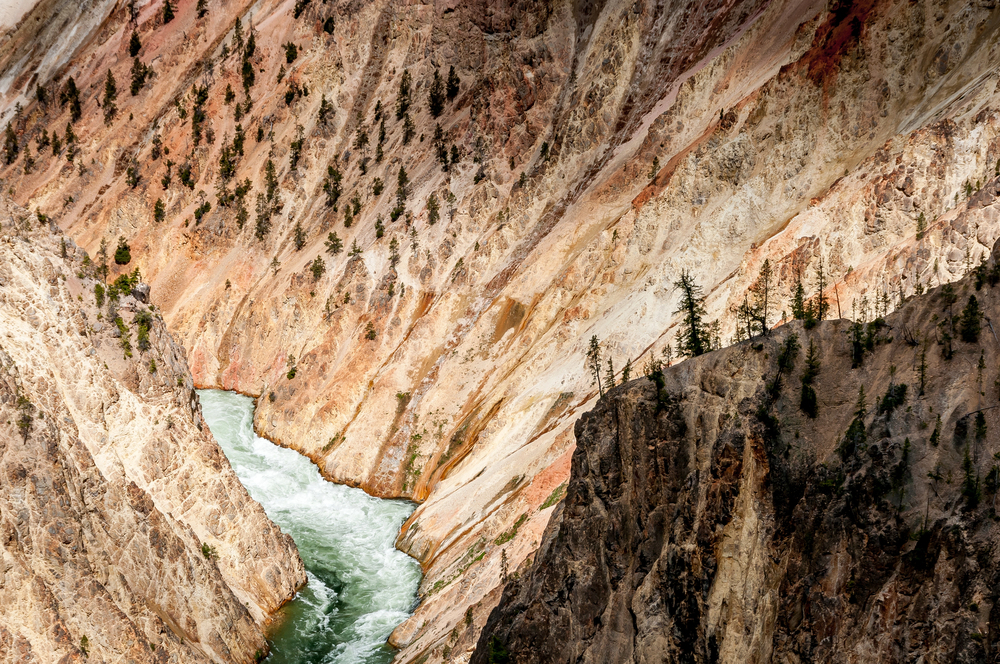
Living up to its name, this remote North Rim overlook requires navigating 17 miles of challenging dirt roads that become impassable when wet. The difficult access ensures that visitors often have the 270-degree panoramic views entirely to themselves, even during peak season.
Overnight camping permits for this spot are among the most coveted in the park for their sunrise and sunset potential.
Clear Creek Trail
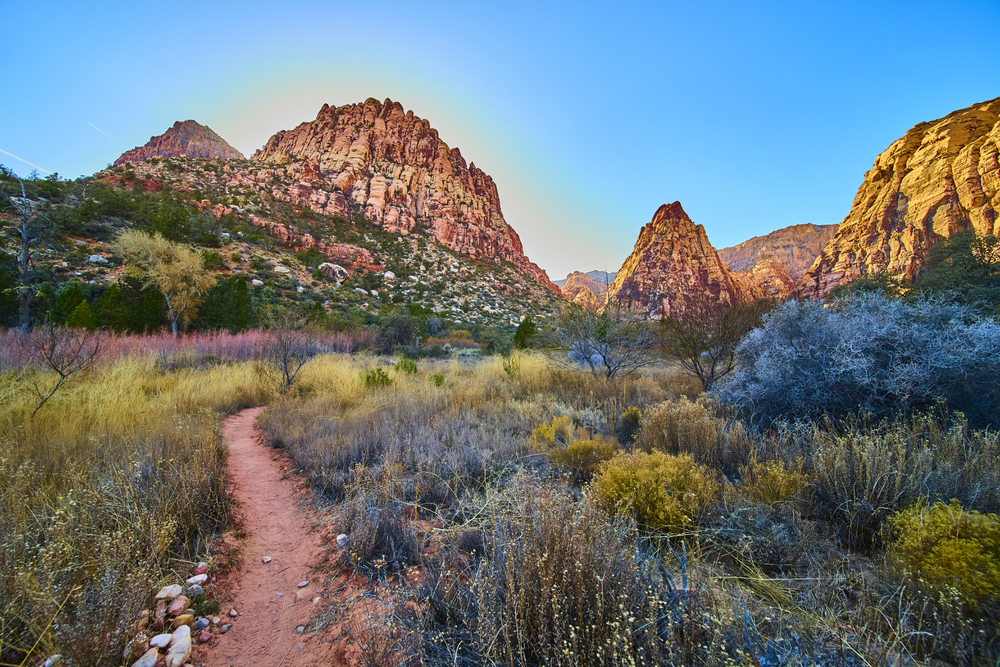
Branching from the North Kaibab Trail, this route travels through a less-visited eastern section of the canyon with expansive views and interesting geological features. The trail follows ancient fault lines where dramatic rock displacements are clearly visible to observant hikers.
Phantom Ranch supplies are nearby while solitude remains plentiful—a rare combination in the popular corridor area.
Horseshoe Mesa

This distinctive landform accessible via the Grandview Trail contains fascinating mining history alongside spectacular views. The remnants of the Last Chance Mine offer windows into the canyon’s copper mining era, with artifacts still visible throughout the area.
Cave of the Domes, the only cave in the park open to visitors without a permit, provides a unique underground exploration opportunity rarely experienced by typical canyon visitors.
Like Travel Pug’s content? Follow us on MSN.
Boucher Trail

This historic route constructed by hermit Louis Boucher leads to beautiful streamside camping near the Colorado River. The trail passes Dripping Springs, a delightful oasis where water seeps from canyon walls, creating a cool microclimate filled with verdant plants.
The challenging route’s obscurity ensures that hikers often experience long stretches of canyon solitude despite being relatively close to the South Rim developed area.
Parashant National Monument

This massive, adjoining protected area northwest of the main canyon offers similar spectacular scenery with a fraction of the visitation. The remote location requires serious four-wheel-drive vehicles and self-sufficiency, keeping visitor numbers extremely low.
Ancient lava flows, pristine springs, and undisturbed archaeological sites reward those making the journey to this canyon country wilderness.
Great Thumb Mesa
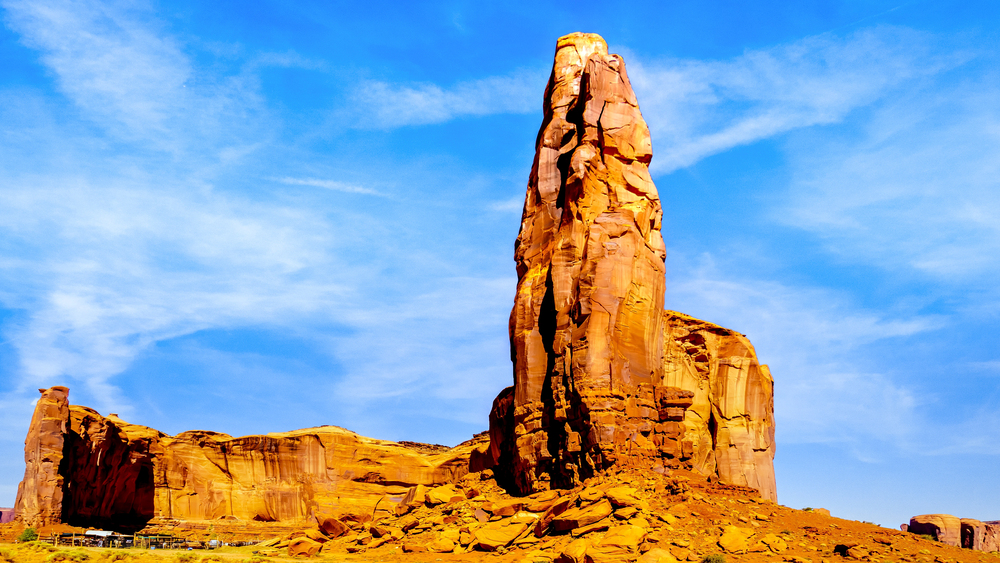
Accessible only via challenging backcountry routes, this massive peninsula jutting into the canyon offers experienced hikers extraordinary isolation and panoramic views. Native American historical sites dot the area, telling stories of those who navigated these landscapes for centuries before modern tourism.
The demanding access ensures that those reaching the mesa often have its magnificent perspectives entirely to themselves.
Like Travel Pug’s content? Follow us on MSN.
Beyond the Viewfinders
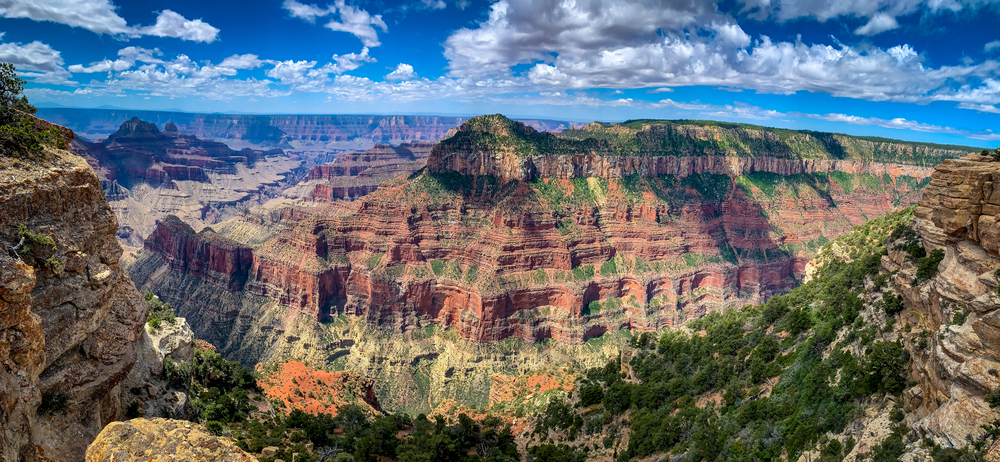
The Grand Canyon preserves far more than just the famous postcard vistas—it protects a complex wilderness filled with intimate spaces, ancient stories, and natural wonders awaiting discovery by those willing to venture beyond developed areas. These hidden corners reveal the canyon’s true character: not just as a spectacular view but as a living landscape with endless layers of beauty and significance.
Each secluded alcove and lesser-known trail offers opportunities to connect with this remarkable place on deeper levels than possible from crowded overlooks. The canyon rewards those who seek its quieter corners with experiences that remain etched in memory long after the visit ends.
More from Travel Pug

- Cities Growing so Fast You Won’t Recognize Them in 10 Years
- 13 Destinations Where Tourists Regularly Regret Their Trip
- 20 Obscure WWII Sites Even History Buffs Don’t Know About
- 10 Under-the-Radar Mountain Towns That Are Both Affordable and Beautiful
- Remote Villages in Europe Where You Can Live for Free in Exchange for Work
Like Travel Pug’s content? Follow us on MSN.
